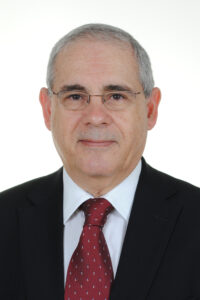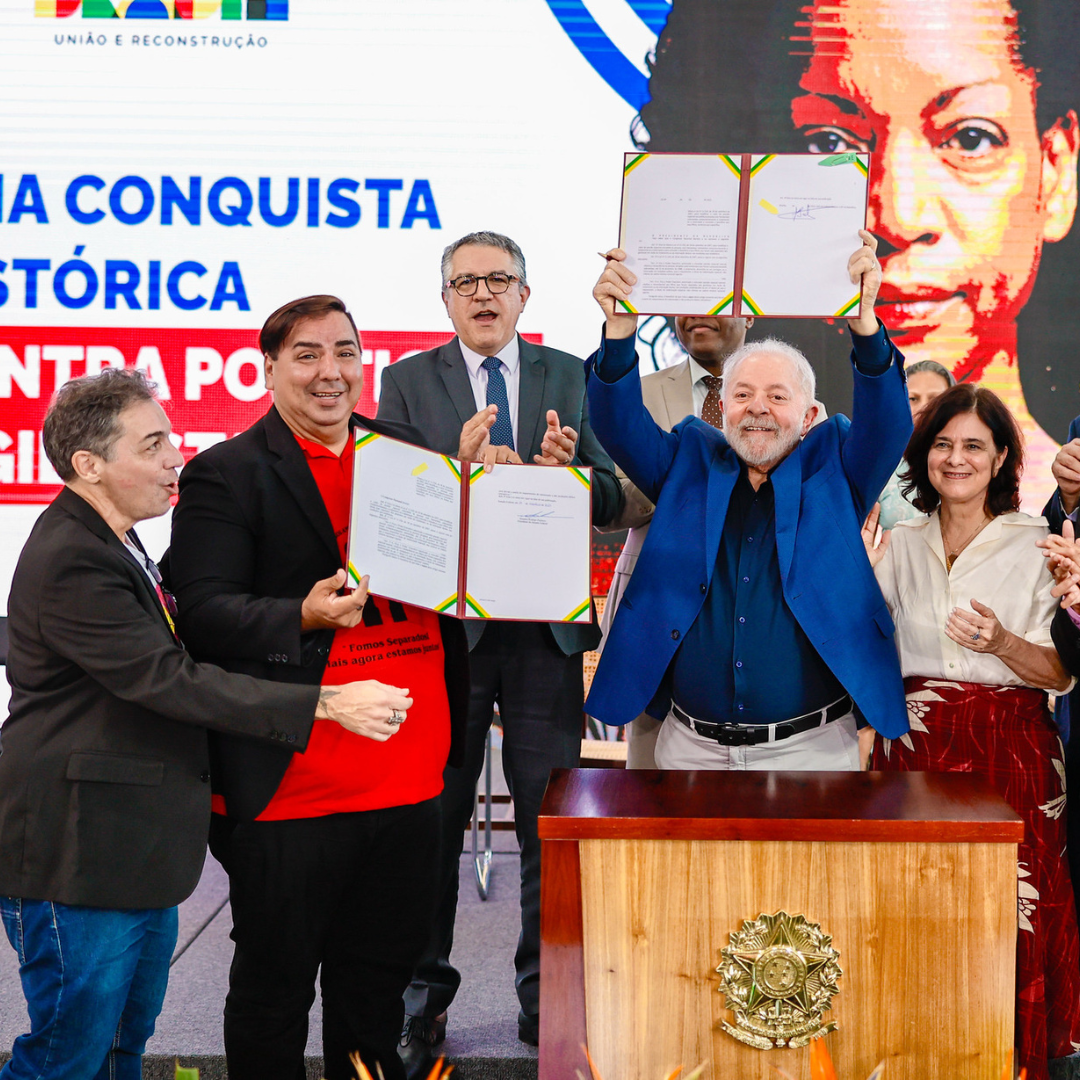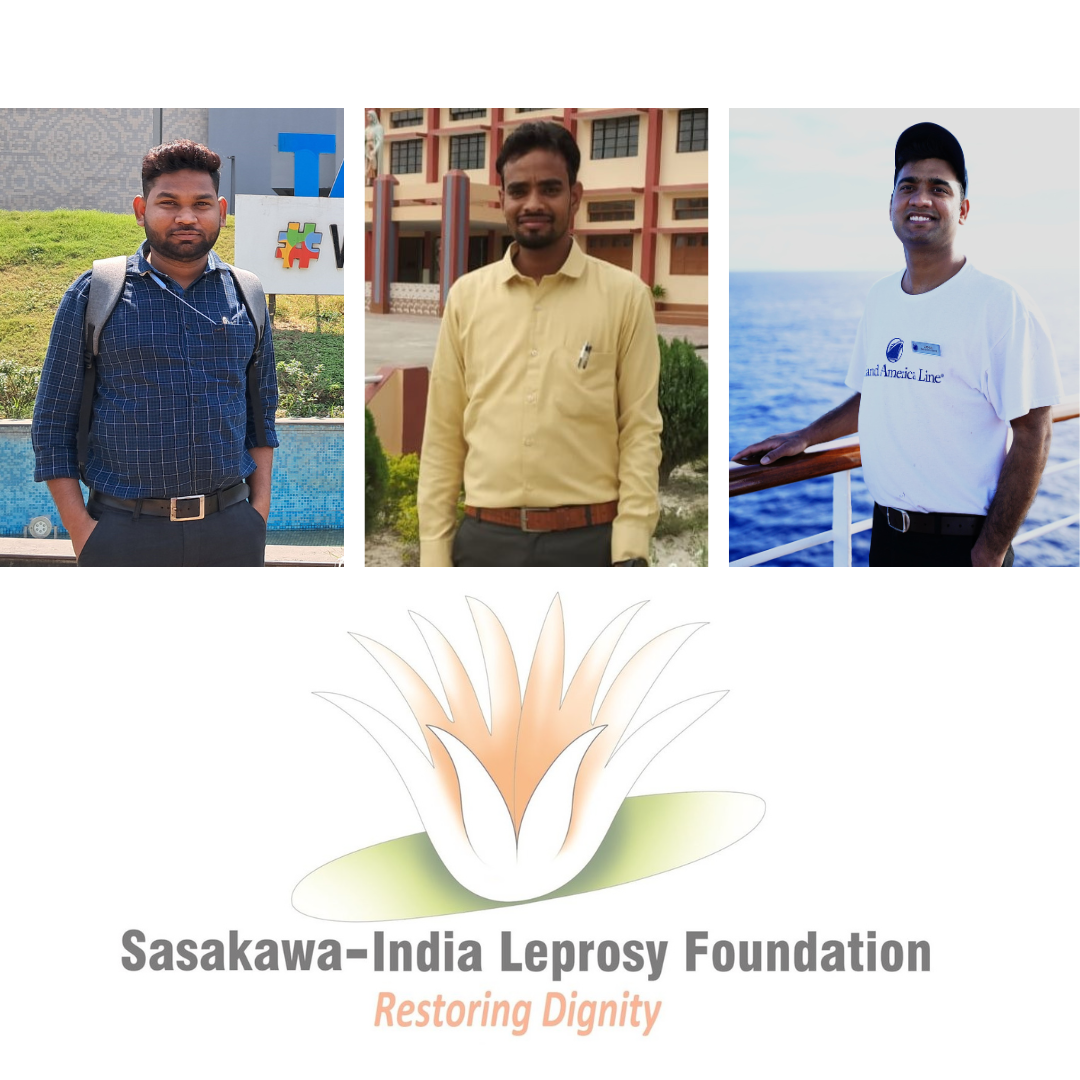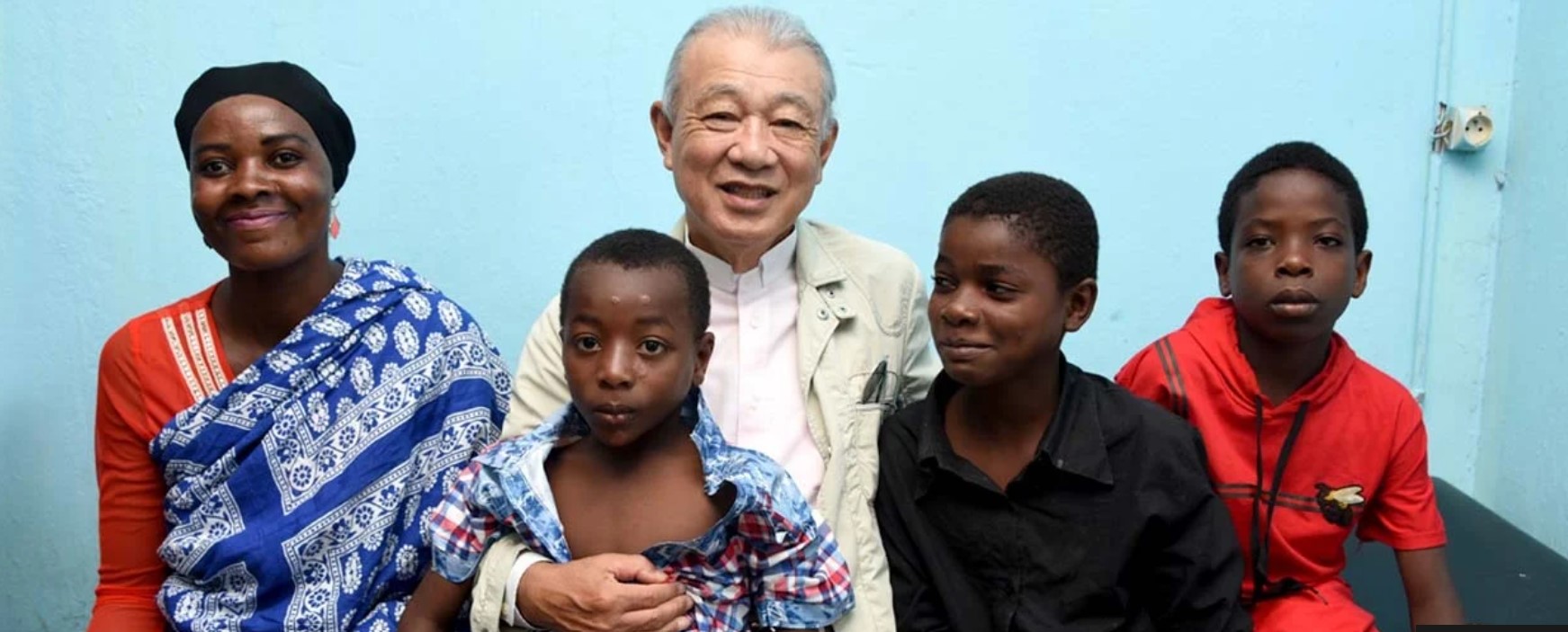
Dr. Marcos Virmond
former President, International Leprosy Association (ILA)
https://www.leprosy-ila.org/do.php/Home
retired Director, Instituto Lauro de Souza Lima, Brazil
http://ilsl.br/instituicao.php
The resolution by the World Health Organization (WHO) to “eliminate leprosy as a public health problem by the year 2000,” adopted by the World Health Assembly in 1991, was instrumental in changing the face of leprosy as we entered the 21st century. The elimination strategy involved worldwide implementation of multidrug therapy (MDT) and complementary strategies that evolved as more patients were cured.
MDT
WHO started promoting implementation of MDT in 1982, but the treatment did not immediately reach all patients. The adoption of the resolution helped to generate increased political commitment and interest in making resources available.
From an operational perspective, essential changes that took place included a simplified two-type classification for clinical diagnosis — multibacillary (MB) or paucibacillary (PB) — introduced in 1993. The drugs started to be packaged in calendar blister packs, improving delivery and compliance. Then, in 2018, it was decided that the same three-drug regimen could be used for all leprosy patients, with only the duration changing according to the diagnosis (six months for PB and 12 months for MB).
Drug resistance, while considered to be very low for MDT, is always a concern and a comprehensive monitoring system was established by WHO and major endemic countries. For a three-drug regimen, the side-effects reported are mild and serious adverse events are rare. MDT has proven to be robust and safe when its worldwide implementation within the elimination strategy is considered. While continually discussed and debated, the fact that MDT has cured more than 16 million leprosy patients deserves recognition.
Complementary strategies
Despite the enormous success of MDT as a chemotherapy for leprosy, its implementation did not result in notable interruption in the transmission of leprosy. To overcome the stagnation of leprosy control in some countries and further reduce the disease burden, complementary strategies have been launched. “Leprosy services” include not only provision of medication, but also creation of a positive environment in which leprosy is discussed in the same light as any other curable disease; comprehensive treatment is made available as part of general health services; and the needs of persons affected by leprosy are considered holistically. Even as we make use of new tools like post-exposure prophylaxis (PEP), the quality and availability of leprosy services continue to be an essential part of interrupting transmission.
Public information campaigns helped to change traditionally negative perceptions of leprosy to acceptance based on knowledge. As attitudes changed, health personnel felt more able to address the issues of stigma and discrimination. Discriminatory laws were amended, and employment and opportunities for persons affected by leprosy became a reality.
The participation of non-governmental organizations (NGOs) has been a notable aspect of the elimination strategy. Managers and scientists have the capacity and creativity to develop strategies, but who puts them into action? Who makes the drugs available to patients? NGOs have had a central role in the success of the elimination strategy as providers of necessary funds, technical leadership, and humanitarian comfort to all persons involved in the fight against leprosy.
We should be proud of what we have accomplished in the elimination strategy of the past 30 years. We can expect that leprosy will become a rare disease everywhere in the world within a few decades. At the same time, there is still much that we do not know about Mycobacterium leprae and the disease that it causes. Successes like the genome sequence of M. leprae in 2001 remind us of the value of continued funding for research.





